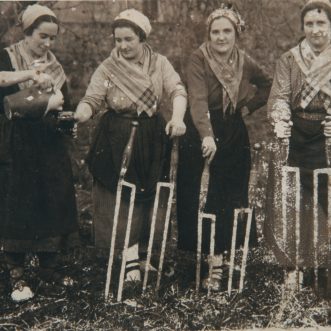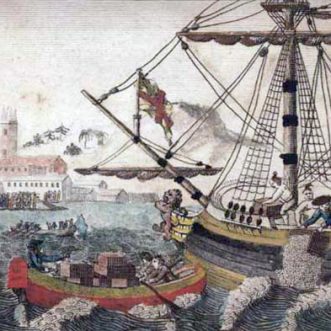August 20, 2019
“The possibilities for progression are not, by any means, exhausted. Technological development is always offering new opportunities for original designs. But imaginative design always develops in tandem with improving technology, and can never be an end in itself.” Dieter Rams, Design Principle number 1.
New technologies allow us to re-think or even re-imagine how we do things, so we can do them better – whatever ‘better’ means: faster; slower; more consistently; more easily; more naturally; more thoroughly.
The metal case meant the radiogram could take up less space, and also meant the speakers put out a truer sound. But a metal lid rattled when the machine was used. Plexiglass solved that problem, and in doing so meant that the controls could move to the top of the machine, which in turn meant that how to use it could become more obvious to anyone who’d never seen it before.
True advances require both novel technology and imagination, the two things bouncing creatively off each other, opening up possibilities. Imagination makes technology human.
Without both imagination and advancing technology, all we can do is embellish, or worse, over-complicate. Neither of which adds value.









